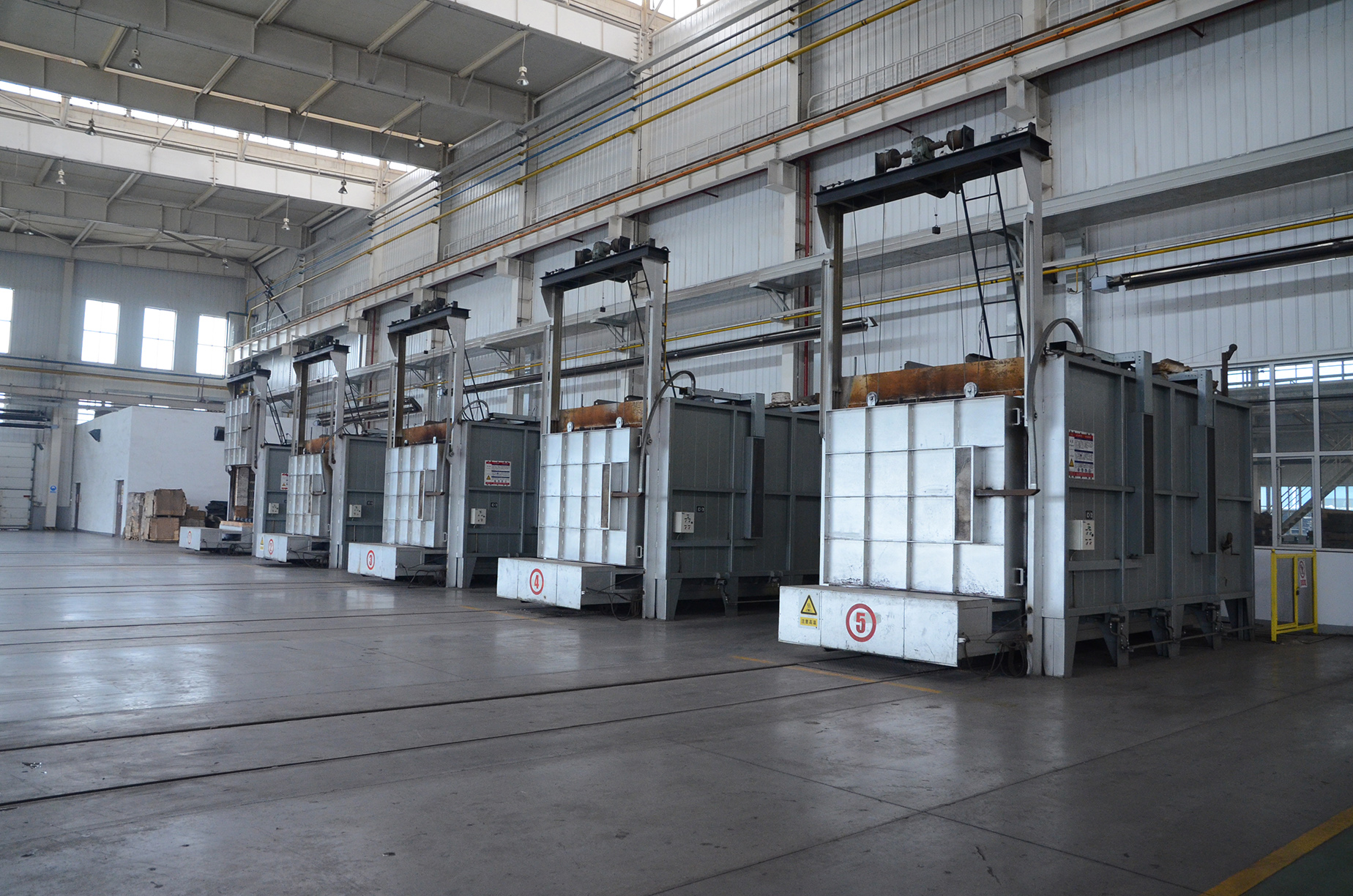- Afrikaans
- Albanian
- Amharic
- Arabic
- Armenian
- Azerbaijani
- Basque
- Belarusian
- Bengali
- Bosnian
- Bulgarian
- Catalan
- Cebuano
- China
- China (Taiwan)
- Corsican
- Croatian
- Czech
- Danish
- Dutch
- English
- Esperanto
- Estonian
- Finnish
- French
- Frisian
- Galician
- Georgian
- German
- Greek
- Gujarati
- Haitian Creole
- hausa
- hawaiian
- Hebrew
- Hindi
- Miao
- Hungarian
- Icelandic
- igbo
- Indonesian
- irish
- Italian
- Japanese
- Javanese
- Kannada
- kazakh
- Khmer
- Rwandese
- Korean
- Kurdish
- Kyrgyz
- Lao
- Latin
- Latvian
- Lithuanian
- Luxembourgish
- Macedonian
- Malgashi
- Malay
- Malayalam
- Maltese
- Maori
- Marathi
- Mongolian
- Myanmar
- Nepali
- Norwegian
- Norwegian
- Occitan
- Pashto
- Persian
- Polish
- Portuguese
- Punjabi
- Romanian
- Russian
- Samoan
- Scottish Gaelic
- Serbian
- Sesotho
- Shona
- Sindhi
- Sinhala
- Slovak
- Slovenian
- Somali
- Spanish
- Sundanese
- Swahili
- Swedish
- Tagalog
- Tajik
- Tamil
- Tatar
- Telugu
- Thai
- Turkish
- Turkmen
- Ukrainian
- Urdu
- Uighur
- Uzbek
- Vietnamese
- Welsh
- Bantu
- Yiddish
- Yoruba
- Zulu
Sep . 15, 2024 17:44 Back to list
ideal heat exchanger
Understanding Ideal Heat Exchangers
Heat exchangers are crucial components in various industries, facilitating the transfer of thermal energy between two or more fluids. An ideal heat exchanger represents a theoretical model where heat is exchanged without any losses and inefficiencies. This concept serves as a benchmark for designing and evaluating real-world heat exchangers.
In an ideal scenario, heat exchangers operate under perfect conditions. There are no thermal resistances or pressure drops, and the fluids do not mix. Heat is transferred solely via conduction and convection, achieving maximum thermal efficiency. This notion is fundamental in enhancing energy recovery systems, leading to more sustainable industrial processes.
The key performance metric for heat exchangers is the effectiveness, which is the ratio of the actual heat transfer to the maximum possible heat transfer. In an ideal heat exchanger, this effectiveness would be 1.0, indicating that the exchanger transfers all the available thermal energy between the two fluids. However, real-world heat exchangers suffer from physical limitations such as fouling, heat losses to the environment, and non-uniform fluid flow. These factors lower the overall effectiveness, making the evaluation of heat exchanger performance critical for engineers and designers.
ideal heat exchanger

One of the most widely used ideal heat exchanger models is the counterflow heat exchanger, where two fluids flow in opposite directions. This configuration allows for a greater temperature gradient between the inlet and outlet fluids, resulting in increased heat transfer efficiency. For an ideal counterflow heat exchanger, the outlet temperatures of the fluids can be calculated using specific formulas, allowing for precise predictions of performance under controlled conditions.
Despite its theoretical nature, the ideal heat exchanger model provides valuable insights into the design process. Engineers often use it as a starting point, identifying potential areas for improvement in real designs. By understanding the limitations and the performance goals established by the ideal model, engineers can innovate and design heat exchangers that minimize energy loss and maximize thermal transfer.
In conclusion, ideal heat exchangers play a significant role in the field of thermal engineering. They establish a standard for efficiency and serve as essential tools for improving real-world systems. As industries increasingly focus on energy conservation and sustainability, the pursuit of designs that approach the ideal heat exchanger performance will remain a priority, ultimately leading to reduced energy consumption and enhanced environmental benefits. Understanding these concepts is crucial not only for engineers but also for anyone involved in energy management and sustainability initiatives.
-
Premium Cast Iron Water Main Pipe: Durable, Corrosion-Resistant
NewsAug.03,2025
-
Durable Cast Iron Water Mains | AI-Optimized Systems
NewsAug.02,2025
-
High-Efficiency Propane Boiler for Baseboard Heat | Save Energy
NewsAug.01,2025
-
Premium Source Suppliers for Various Gray Iron Castings
NewsJul.31,2025
-
Durable Cast Iron Water Main Pipes | Long-Lasting
NewsJul.31,2025
-
High-Quality Cast Iron Water Main Pipe for Durable Infrastructure
NewsJul.30,2025


